History of sewerage
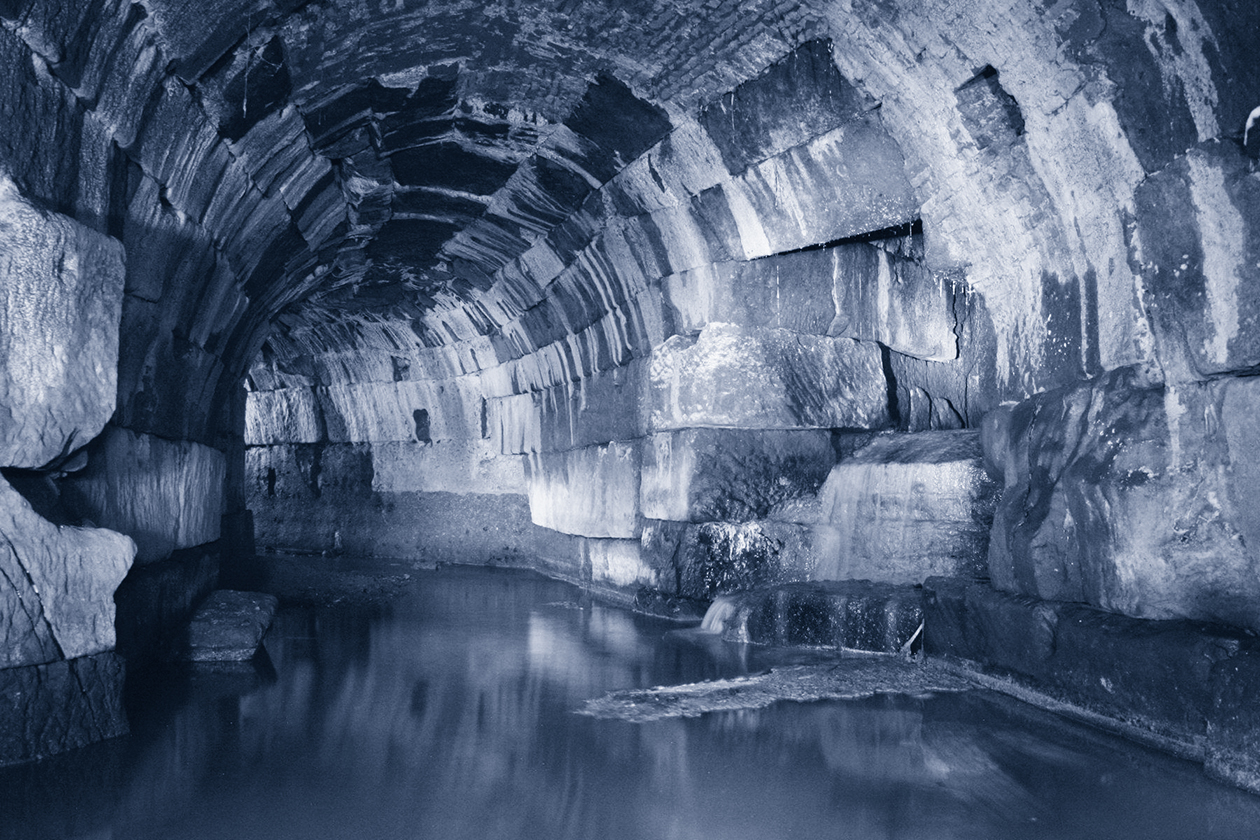
Cloaca Maxima sewer in Rome
Oude beschavingen
– Mesopotamia and Ancient Egypte: Already around 4000 BC, cities such as Mohenjo-Daro in the Indus Valley had an early form of sewage, with stone gutters along the streets. These early sewage systems were intended to drain rainwater and wastewater and played an important role in maintaining hygiene. Primitive sewers were developed in both Mesopotamia and Egypt to dispose of domestic wastewater and human waste.
– Greece and Rome: The ancient Greeks had simple sewers and drainage canals, especially in larger cities. However, the Romans took sewage to a new level by building extensive sewerage networks. The most famous example of this is the Cloaca Maxima in Rome, one of the oldest and most advanced sewers in the world. This large sewer was built in the 6th century BC and was used to drain both rainwater and wastewater to the Tiber.

The Grebbe (Bergen op Zoom) dates from the thirteenth century.
Middle Ages
After the fall of the Roman Empire, much knowledge about sewage in Europe fell into oblivion. In the medieval cities there were hardly any organized sewers. Waste and wastewater were often simply thrown into open gutters or ditches that ran through the streets. This primitive form of sewage was inefficient and led to serious hygiene problems, including the spread of diseases such as the plague. The lack of properly functioning sewers made living conditions in many medieval cities particularly unhealthy.
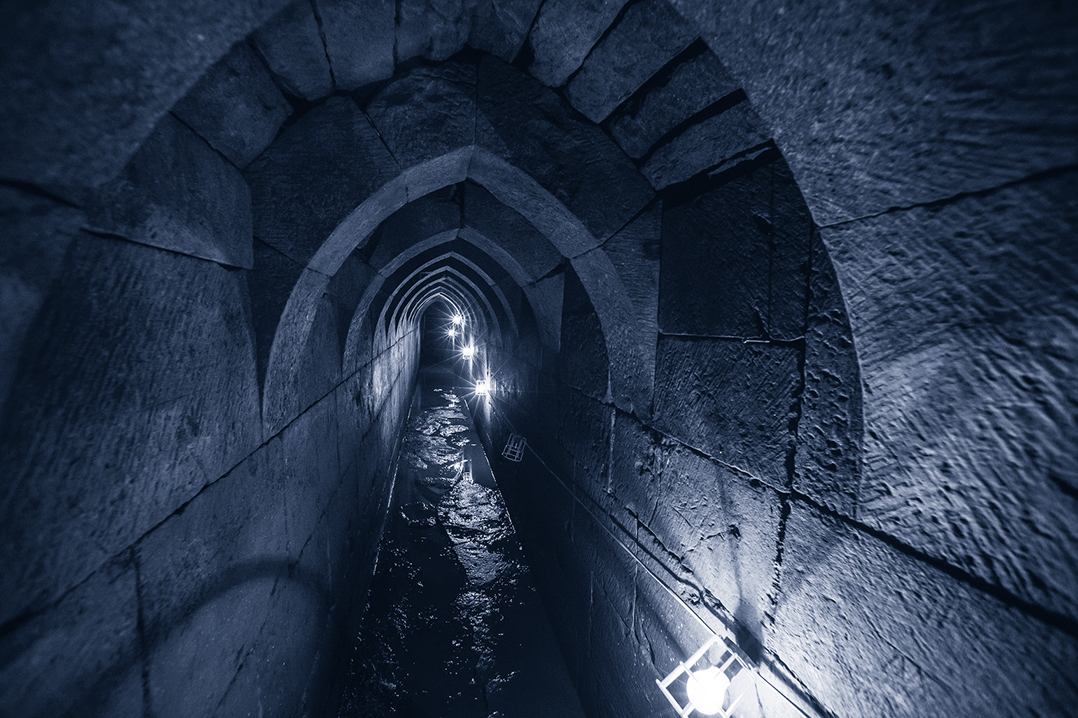
Renaissance
Renaissance and Early Modern Times
In the 16th century, attention to hygiene and sanitary facilities grew. Cities slowly began to invest in better sewage. In 1596, London received a renewed sewage system that formed the basis for later developments. Although these early sewers were still rudimentary, they marked an important turning point in the development of sewage. The realization grew that well-built sewers not only improved the livability of cities, but also protected public health by reducing the spread of diseases.
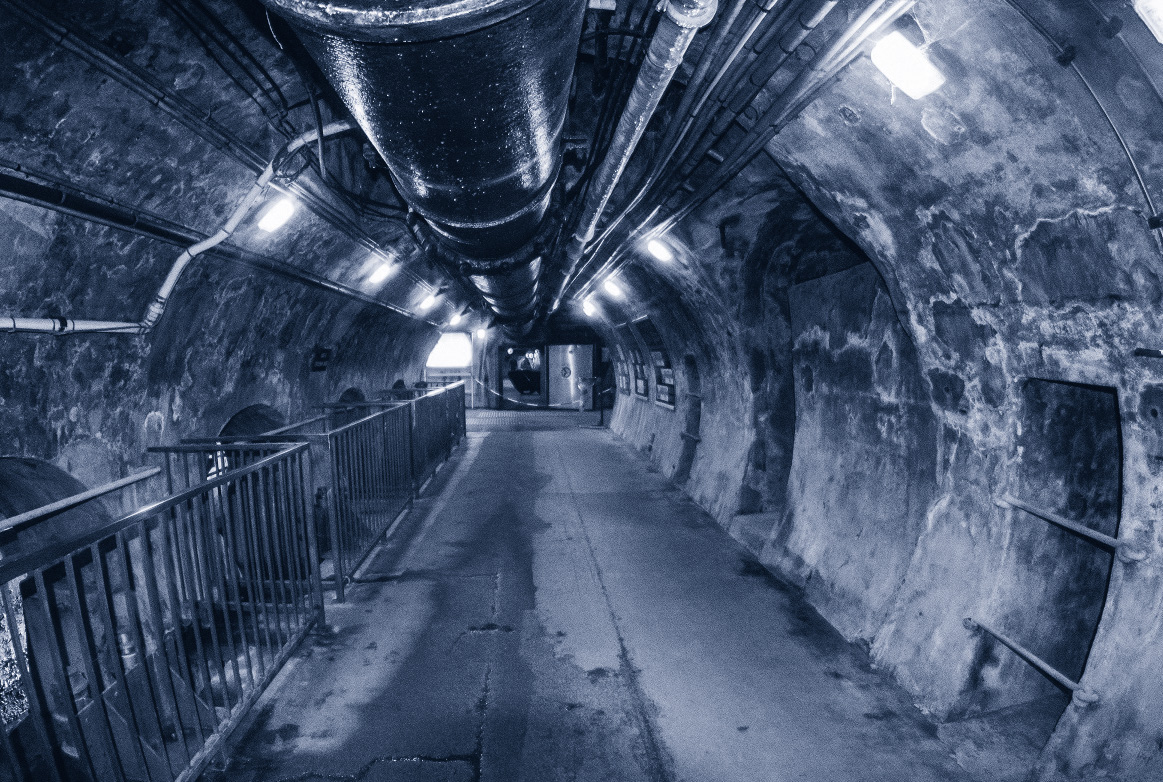
The Industrial Revolution
Industrial Revolution
Rapid population growth and urbanization during the industrial revolution caused enormous pressure on existing sewage. Cities like London faced serious problems due to overcrowded sewers and unhygienic conditions. The famous ‘Great Stink’ of 1858, caused by the stench of the Thames that acted as an open sewer, led to drastic reforms. Joseph Bazalgette designed an extensive and modern sewage network to relieve the city. His underground sewage system was a groundbreaking project that not only discharged wastewater, but also reduced flooding from rainwater.
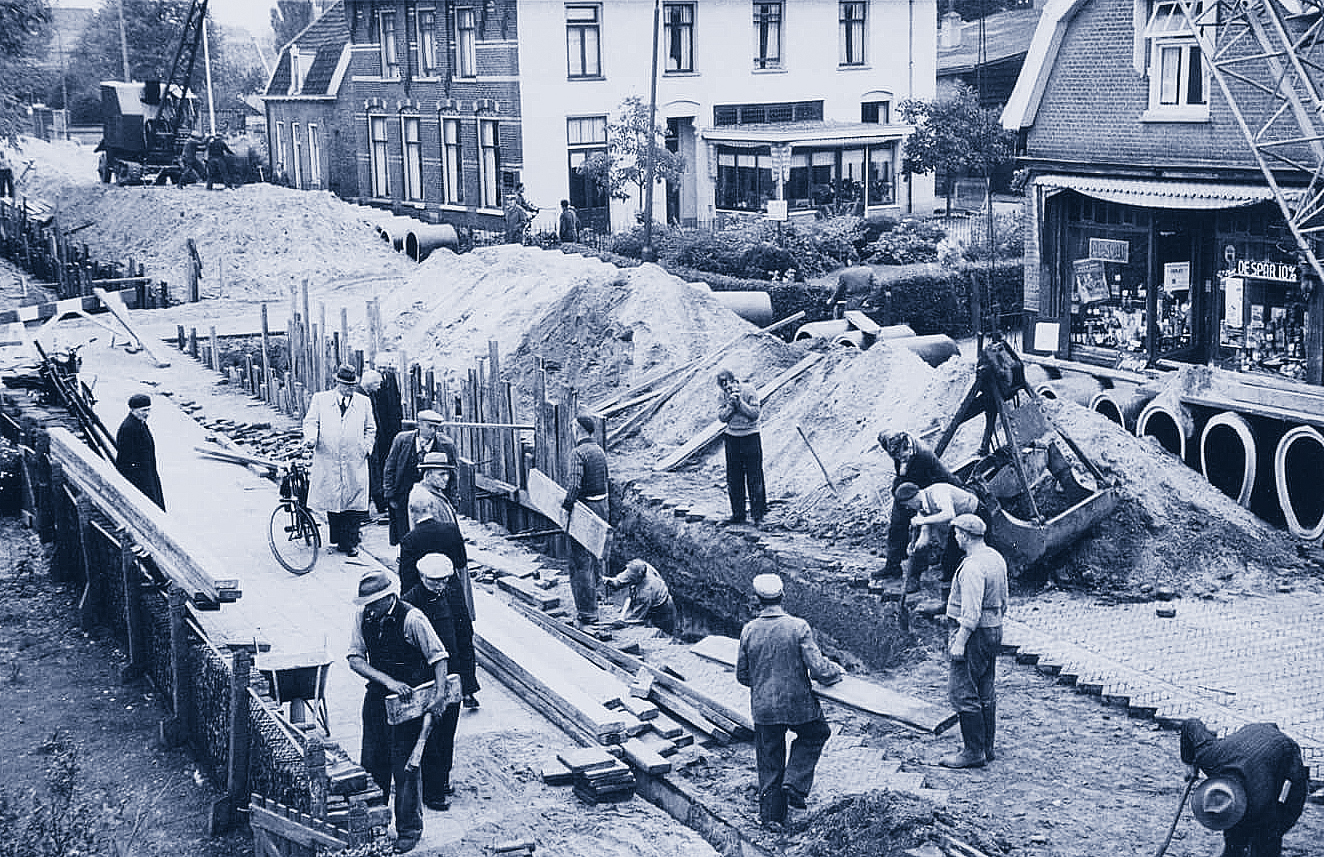
Construction of sewage in the last century.
The 20th century
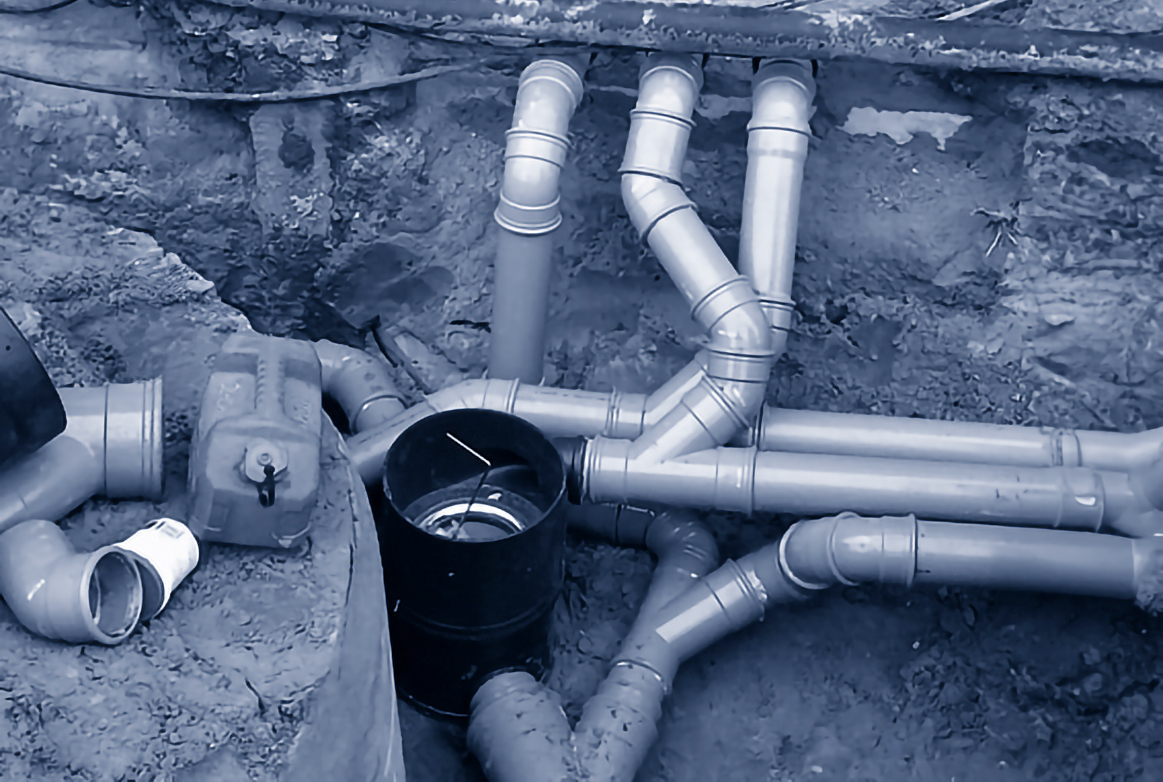
Modern sewage
